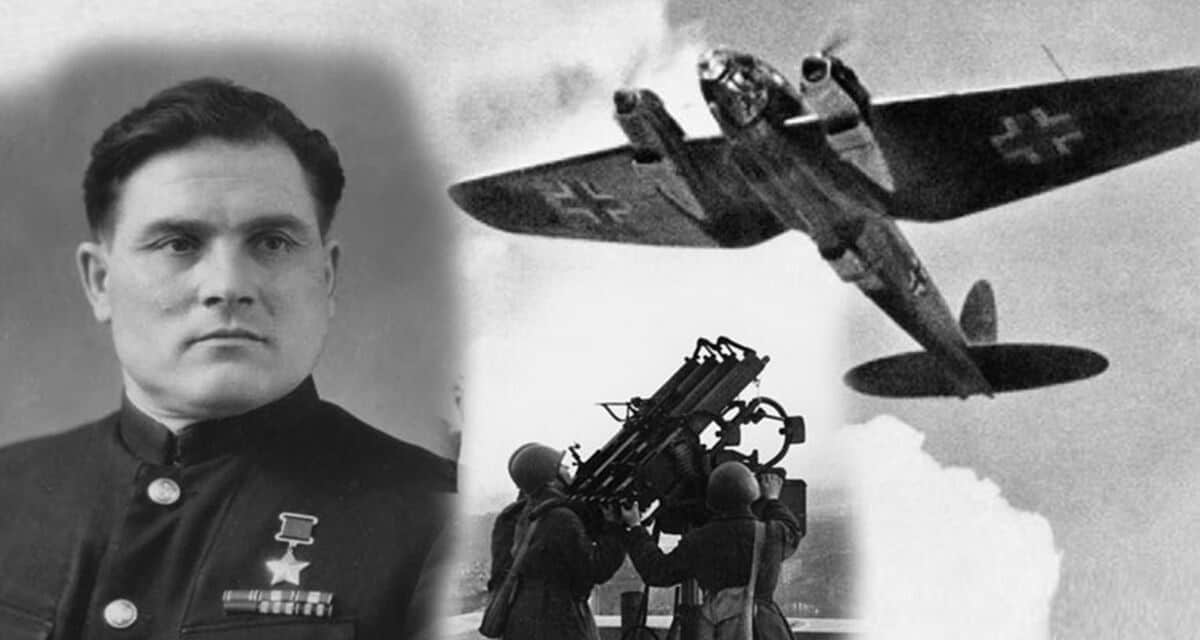Dangers and perils come at us in many shapes and forms, and all we can do is try to duck and escape them as best as we know how. Some are better at escape than the rest of us. Take the World War II Soviet pilot who was captured and ended up in a Nazi concentration camp, where thousands toiled in horrible conditions. So he stole an airplane and flew it back to the USSR. Following are thirty things about that and other fascinating escapes from history.

30. A Soviet Fighter Ace Better Known For His Intrepid Escape Than for the Nazi Planes He Shot Down
Soviet fighter ace Mikhail Petrovich Devyataev (1917 – 2002) shot down nine German airplanes during WWII. He is best known, however, for a daring escape from a Nazi concentration camp in a stolen German airplane. The thirteenth child of a peasant family, Devyataev had captained a small ship on the Volga River, before he was conscripted and sent to flight school, from which he graduated in 1940. He trained in fighter airplanes, and his first kill came on August 24, 1941, just two days after the Nazis attacked the USSR, when he downed a Junkers Ju 87 “Stuka” dive bomber. A severe injury to his left leg a few months later put him in a hospital for many months.
Upon his discharge, he was assigned to fly Polikarpov Po-2 biplanes for a medical unit. He returned to fighter airplanes in May, 1944, and by early July, his combat sortie total had risen to 180 flights, and his kills included not just a Stuka, but also a Focke-Wulf Fw 190 fighter. On July 13, 1944, as Devyataev flew in an American-made Bell Airacobra P-39 as wingman for the commander of the 104th Guards Fighter Regiment, he was shot down over Lviv. Although injured, he parachuted safely, but landed behind German lines, was captured, and sent to the Lodz concentration camp as a prisoner of war. He immediately began to plan an escape.

